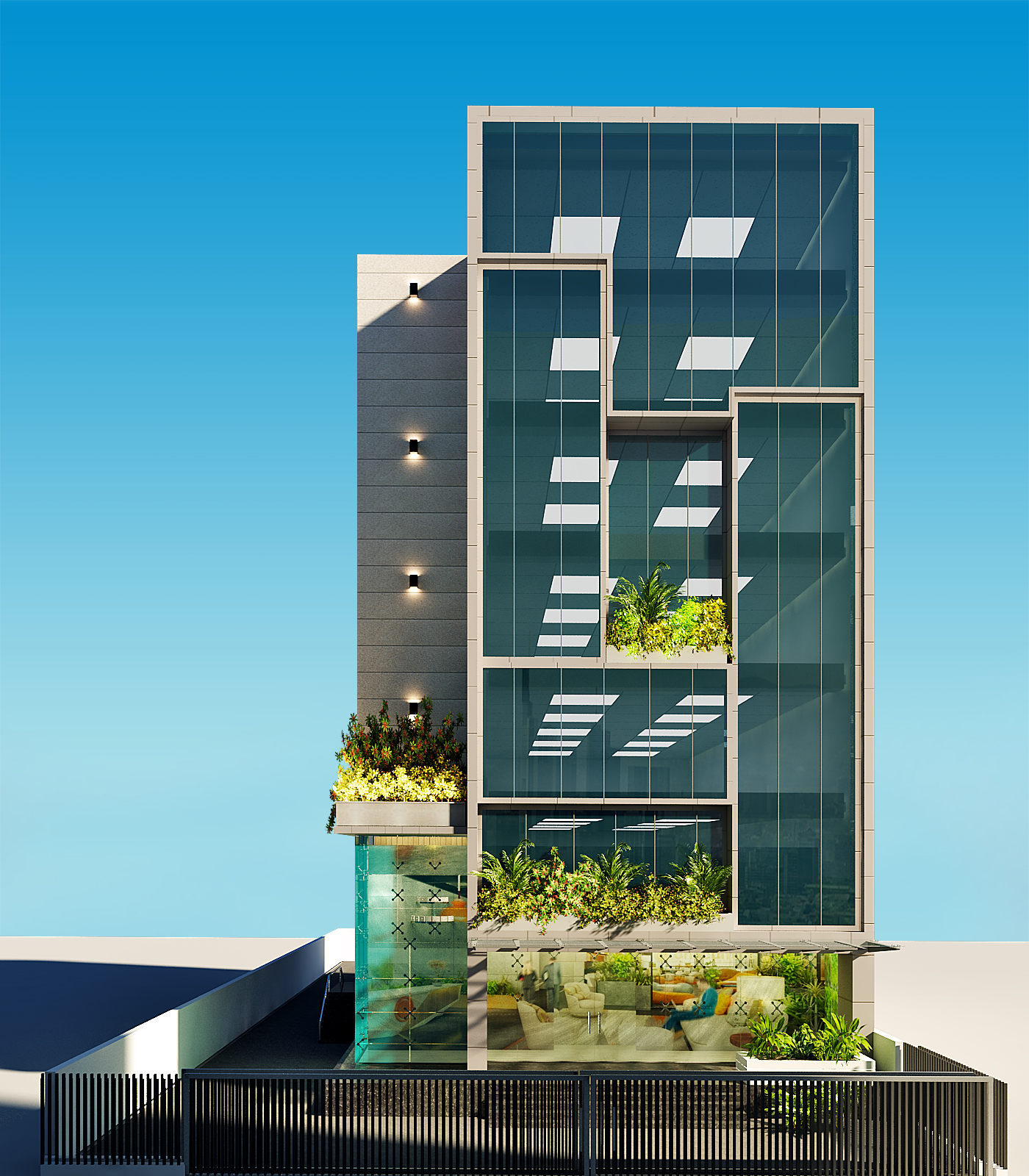ARCHITECTURAL STYLES: The 8 Most Recognised Types of Architecture
The appearance of a structure is among the first aspects that will grab your focus. If a structure is architecturally impressive, it is often the symbol of cities and is frequented by people from all over the world.
Famous buildings usually have certain architectural styles that are instantly recognized. A lot designs are being utilized by architects and design consultants using classic guidelines in good design a basis for their design ideas.
Architectural styles from the top eight that are easy to be recognized
Here are eight of the most well-known design styles used in a variety of popular structures across the world.
Greek and Roman Classical Architecture
Timeline: 850 BC to 476 AD
This kind of architecture is a reference to the design that was extensively used in the ancient cities of Greece in ancient Greece and Rome. This style of architecture adhered to the idea of building structures based on the same template. Classical Architecture is typically represented by the temple, which is an oval enclosure, or by columns.
The Greek column order, Doric, Ionic and Corinthian are among the most well-known features that characterize classical buildings. These rules were used by Roman architects, with Corinthian being the most popular style that was used in many Roman constructions.
The most well-known classic examples of architecture are those of the Acropolis Complex in Athens as well as the Colosseum in Rome.
Gothic Architecture
Timeline from 1150 until c. 1530
Many of the most well-known churches in Europe have Europe’s Gothic design. The Gothic style of architecture that was dominant for centuries began in France and then spread across the continent. It is a type of stonework/masonry construction that is distinguished by three key elements: sharply pointed arches columns, ribbed and vaulted columns and a the flying buttress.
A few of the more well-known instances that is a classic example of French Gothic architecture is the Notre-Dame in Paris, France. Other famous examples of structures that employ Gothic architecture include Canterbury Cathedral in England, Cologne Cathedral in Germany, Milan Cathedral in Italy, Basilica of St. Denis in Paris in addition to Salisbury Cathedral in England.
Baroque
Timeline: Late 16th Century to 18th Century
The style of architecture that is characterized by this type was developed within Italy and was thought to be more dramatic and emotional style that was designed to appeal at the senses. Baroque architecture typically features curving forms like ovals, and convex and concave forms that convey motion. Distortion is another crucial element in this style, where you’ll see figures which are broken, stretched or altered to make them stand out.
The most notable examples of buildings in the Baroque style include Baroque-style buildings include the Palace of Versailles in France, St. Paul’s Cathedral in London, St. Peter’s Square in the Vatican along with Schonbrunn Palace in Vienna.
Neoclassical Architecture
Timeline 18th Century until the early 19th Century
Like the name implies, Neoclassical architecture refers to the revival or rediscovery from Classical architecture. It is a very similar style of Greek and Roman styles. The result was 18th-century structures that resembled Greek as well as Roman temples.
Neoclassical architecture is distinguished by sleek, clear lines, uncluttered design with free-standing columns, and huge structures. The most well-known examples include those of the Bank of England Building in Liverpool and The White House in the United States and the General Post Office in Dublin.
Victorian Architecture
Timeline: 1837-1901
This type of architecture is related to the construction of buildings under the reign of the English Queen Victoria. In contrast to others, Victorian architecture is not restricted to one specific style but can be described as an umbrella term to describe revived Gothic, Romanesque, and Tudor elements.
The Victorian style was incorporated into homes built during the Industrial Revolution. A lot of homes across the UK, US, and Australia used this style. The main characteristic that all Victorian homes have includes their “dollhouse” look having elaborate trims, vibrant colors and asymmetrical designs.
A few of the most famous Victorian buildings include those of the Palace of Westminster and Royal Albert Hall in London, Osborne House in the Isle of Wight, Balmoral Castle in Scotland along with Postcard Row in San Francisco, California.
Modern Architecture
trendir
Timeline: 1900s to 1960s
This style of architecture is a broad term that covers a variety of styles that gained popularity in the early part in the second half of 20th century. This style is minimalist which was favored by many architects up until World War 2.
The modernist style emphasizes the simplicity of form, clear structures, no ornamentation and functions over the appearance. The style also made use of developments in steel, glass and concrete. Many of the most well-known designers of the 20th century thrived during this time, such as Frank Lloyd Wright and Le Corbusier.
This is why many of the more famous models of Modern architecture are Frank Lloyd Wright’s Fallingwater home within the United States, Le Corbusier’s Villa Savoye in France, and Ludwig Mies van der Rohe’s Neue Nationalgalerie in Berlin.
Post-Modern Architecture
Timeline: 1960s to 1990s
In reaction to the rigidity and austerity that was promoted by Modern architecture, Post-Modernist architects commenced this design trend during the 60s. Post-modern designs included decorative and artistic elements into the facade of the building rather than the straight lines favored by modernist designs.
The Post-modernist design could not be limited to one style, so the designs frequently took inspiration from a variety of styles in architecture. In some structures, this mix was often a result of a playful and a bit spooky style.
The Vanna Venturi House in Pennsylvania, USA designed by Robvert Venturi is among the most prominent buildings of the postmodern architecture movement. Two iconic structures created by the architect Frank Gehry, the Guggenheim Museum in Bilbao, Spain and the Dancing House in Prague are among the notable examples. In the UK The SIS Building along with The No 1 Poulty in London are two of the best examples.
Neofuturist Architecture
zaha-hadid
Timeline: 2007 to Present
The Neofuturism architectural design style is one considered to be a more optimistic way of looking at the future. The designs take advantage of the latest technologies to create seemingly impossible shapes and unique structures that were never previously seen before. Neofuturist architecture is often associated with designs that appear to be in defiance of the natural laws of physics, which were seen previously only in sci-fi films.
One of the most famous designers who have a reputation for Neofuturist architecture is the groundbreaking Iraqi-British designer Zaha Hadid. She became among the women who were the first to receive an award called the Pritzker Prize in Architecture which was thought to be to be the Nobel Prize in the architecture world. Also, she is a twice winner of the Riba Stirling Prize- the British’s most prestigious architectural award.
Hadid died in the year 2016 at the age at 65. Hadid was famous for her unique projects, including The New Riverside Museum in Glasgow, Serpentine Sackler Gallery in Hyde Park, the 2020 Tokyo Olympic Stadium in Japan as well as The 2022 FIFA World Cup Stadium in Qatar as well as the Heydar Aliyev Cultural Centre in Azerbaijan.
Inspiring by famous architectural styles
When you are constructing your project, it’s helpful to understand the various architectural styles. These incredible design elements could be a source of source of inspiration and help to determine the most appropriate plan of action for your design. Engaging top architects and design experts is crucial to create the look you’ve always envisioned.



